Section 5
Metabolic Reactions
By Boundless
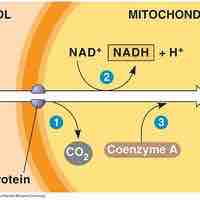
After glycolysis, pyruvate is converted into acetyl CoA in order to enter the citric acid cycle.
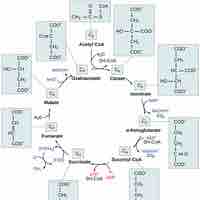
The citric acid cycle is a series of reactions that produces two carbon dioxide molecules, one GTP/ATP, and reduced forms of NADH and FADH2.

Glycolysis is the first step in the breakdown of glucose to extract energy for cellular metabolism.
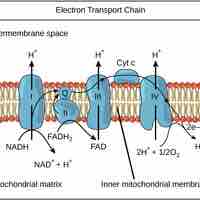
The electron transport chain uses the electrons from electron carriers to create a chemical gradient that can be used to power oxidative phosphorylation.
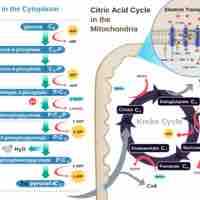
The amount of energy (as ATP) gained from glucose catabolism varies across species and depends on other related cellular processes.
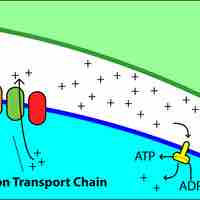
Catabolic pathways are controlled by enzymes, proteins, electron carriers, and pumps that ensure that the remaining reactions can proceed.
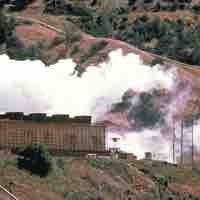
Cellular respiration is the process of transforming chemical energy into forms usable by the cell or organism.